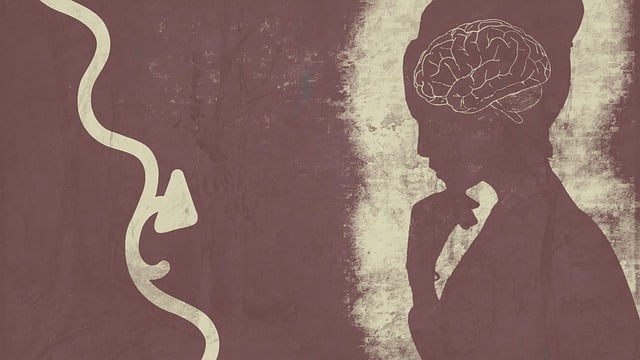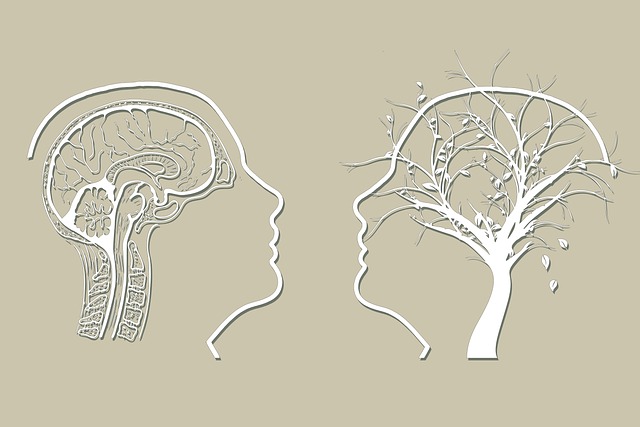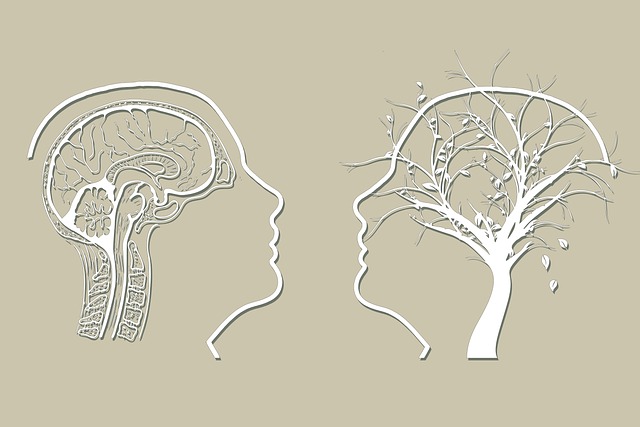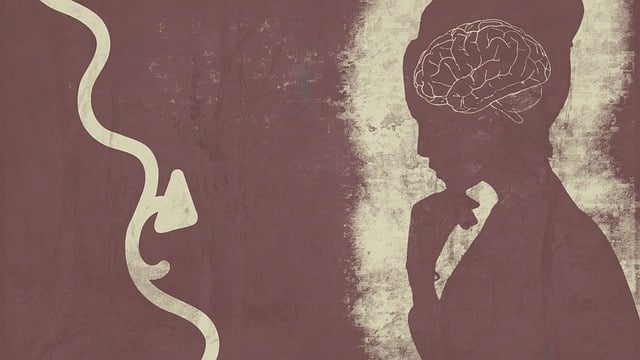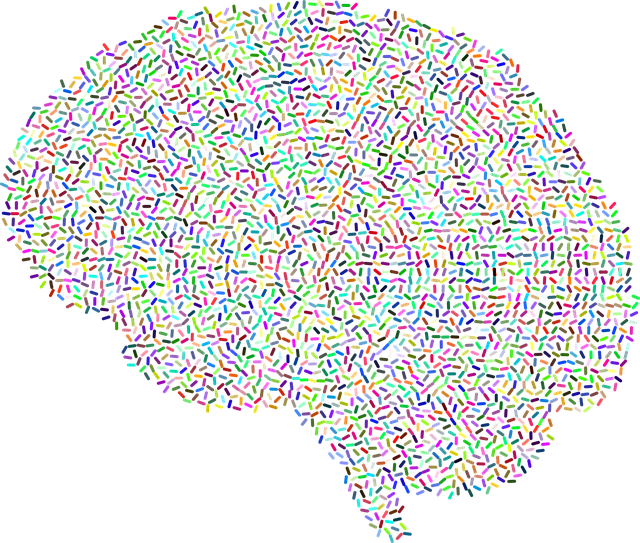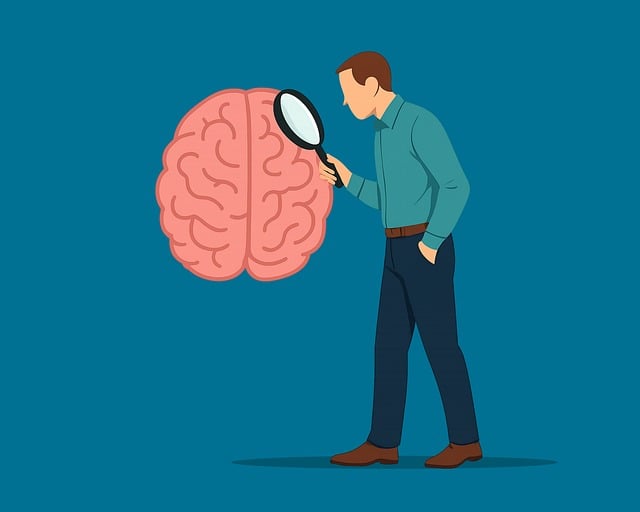Mental wellness groups provide a supportive environment for individuals with shared mental health experiences like Generalized Anxiety Disorder (GAD) or trauma-related issues to connect, heal, and grow. These groups offer safe spaces for openly discussing struggles like anxiety attacks without judgment. Facilitators create a warm, respectful, non-judgmental atmosphere, encouraging openness and reducing stigma. Through active listening, emotional validation, and normalizing vulnerability, participants learn emotional regulation skills and self-care practices to manage symptoms and build resilience. Golden Panic Disorder (GPD) and Anxiety Attacks Therapy involves mental health education, interactive activities, conflict resolution, and coping strategies. Effective communication, emotional intelligence, and structured sessions boost confidence and improve coping mechanisms. Creative activities like art, music, drama, and movement therapies offer unique approaches for expressing emotions and fostering community understanding. Community outreach programs utilizing these therapies have shown positive results in anxiety prevention and depression reduction.
Mental wellness groups play a pivotal role in therapeutic processes, offering a supportive environment for individuals facing challenges like Golden Panic Disorder and anxiety attacks. This article delves into effective facilitation techniques for these groups, emphasizing the creation of safe spaces free from judgment. We explore strategies to manage panic disorders during group sessions, enhance communication among participants, and incorporate creative activities as innovative treatment methods. By understanding these techniques, facilitators can significantly impact the well-being of those struggling with anxiety-related conditions.
- Understanding Mental Wellness Groups: Their Role in Therapeutic Processes
- Golden Rule: Creating a Safe and Non-Judgmental Space for Participants
- Identifying and Addressing Panic Disorders and Anxiety Attacks within Group Settings
- Effective Communication Techniques for Group Facilitators: Strategies to Enhance Engagement
- Incorporating Creative Activities: A Unique Approach to Treating Golden Panic Disorder
Understanding Mental Wellness Groups: Their Role in Therapeutic Processes

Mental wellness groups play a pivotal role in therapeutic processes, offering a unique and supportive environment where individuals with shared experiences can connect, heal, and grow together. These groups provide a safe space for members to openly discuss their struggles, whether it’s managing anxiety attacks or coping with panic disorders, without fear of judgment. The dynamic between peers offers a powerful form of support, fostering understanding and empathy that often eludes those navigating mental health challenges alone.
For individuals dealing with conditions like Generalized Anxiety Disorder (GAD) or experiencing trauma-related issues, wellness groups facilitate a sense of belonging and community. They encourage active participation in one’s own healing by fostering self-care routine development and burnout prevention strategies—essential components for sustainable mental well-being. Moreover, Trauma Support Services within these groups can be instrumental in helping members process their experiences, thus reducing the impact of past traumas on their current lives.
Golden Rule: Creating a Safe and Non-Judgmental Space for Participants

Creating a safe space is paramount for facilitating effective mental wellness groups. This begins with adhering to the Golden Rule: treating every participant with warmth, respect, and non-judgmental understanding. It’s crucial that individuals facing issues like Generalized Anxiety Disorder or Panic Attacks feel secure enough to open up without fear of criticism or stigma.
This environment is cultivated through active listening, validating participants’ experiences, and fostering a culture where vulnerability is normalized. By promoting emotional regulation skills and encouraging self-care practices, facilitators can enable members to navigate their emotional well-being more effectively. These techniques not only help individuals manage symptoms but also empower them to approach challenges with resilience and confidence.
Identifying and Addressing Panic Disorders and Anxiety Attacks within Group Settings

In group settings, facilitating discussions around panic disorders and anxiety attacks requires a nuanced approach to create a safe space. These conditions often manifest with intense physical symptoms, making it crucial for facilitators to be well-versed in mental health education programs design. By providing clear explanations of the physiological responses associated with anxiety, participants can begin to understand their experiences better, reducing stigma. Incorporating interactive activities and sharing personal stories, while adhering to confidentiality guidelines, allows members to feel validated and less isolated.
Group dynamics also play a significant role in managing panic attacks. Facilitators should employ conflict resolution techniques to address any tension that arises during discussions. This includes teaching coping strategies such as deep breathing exercises and mindfulness practices tailored for anxiety relief. Moreover, burnout prevention strategies for healthcare providers can be adapted to benefit group members, ensuring they leave sessions feeling supported rather than overwhelmed.
Effective Communication Techniques for Group Facilitators: Strategies to Enhance Engagement

Effective communication is a cornerstone for successful group facilitation, especially when addressing sensitive topics like Golden Panic Disorder and Anxiety Attacks Therapy. Facilitators play a crucial role in creating an inclusive environment where every member feels heard and valued. One key strategy to enhance engagement is active listening, where facilitators demonstrate empathy and understanding by paraphrasing participants’ thoughts, validating their feelings, and asking open-ended questions to encourage deeper discussions. This not only boosts confidence but also fosters a sense of safety, crucial for individuals dealing with mental illnesses.
Additionally, incorporating emotional intelligence into communication techniques can significantly impact group dynamics. Facilitators should be mindful of their own emotions and those of the group, adapting their approach accordingly. By recognizing and addressing emotional triggers or subtle signs of distress, facilitators can guide the conversation towards more productive avenues, ultimately aiding in Mental Illness Stigma Reduction Efforts. Confidence-boosting activities and exercises within structured therapy sessions help participants navigate their fears and anxieties, leading to improved coping mechanisms and a sense of empowerment.
Incorporating Creative Activities: A Unique Approach to Treating Golden Panic Disorder

Incorporating creative activities into group therapy sessions offers a unique and innovative approach to treating Golden Panic Disorder (GPD) and managing anxiety attacks. Art, music, drama, and movement therapies can create a safe space for individuals to express their emotions and experiences, fostering a sense of community and shared understanding. This method goes beyond traditional talk therapy by engaging multiple senses and promoting non-verbal communication, which can be particularly beneficial for those who struggle with verbalizing their feelings.
Group facilitation techniques that include creative activities encourage participants to build upon each other’s ideas, fostering social connections and empathy. By participating in these activities, individuals with GPD can learn to manage their symptoms through distraction, positive reinforcement, and the development of coping mechanisms that extend beyond the therapy room. Moreover, community outreach programs implementing these creative therapies have shown promising results in anxiety prevention and depression reduction, offering a holistic approach to mental wellness.
Mental wellness group facilitation is a powerful tool for addressing conditions like Golden Panic Disorder and Anxiety Attacks. By fostering a safe, non-judgmental space as outlined in this article’s golden rule, facilitators create an environment conducive to engagement and healing. Techniques such as effective communication strategies and creative activities can significantly enhance therapeutic outcomes. Understanding how to manage panic disorders within group settings is crucial for ensuring every participant receives the support they need. With these techniques, mental wellness groups offer a unique and effective approach to therapy, empowering individuals to overcome challenges and lead more fulfilling lives.
